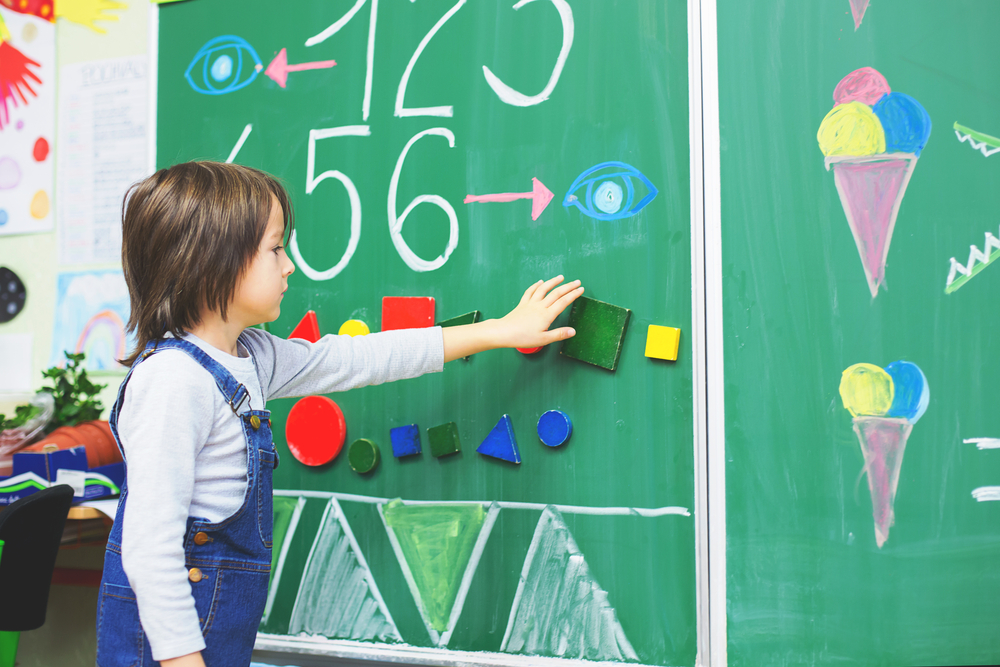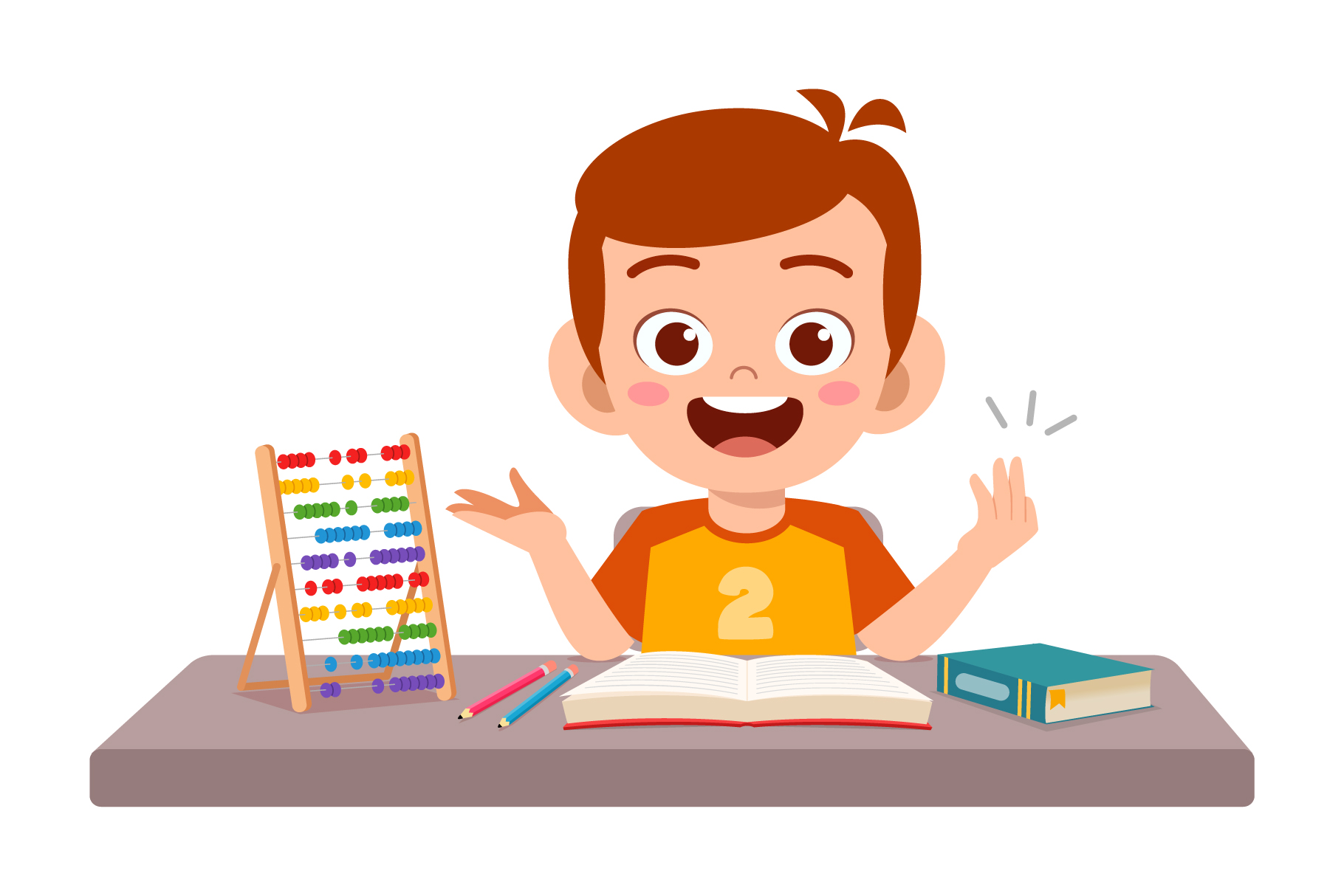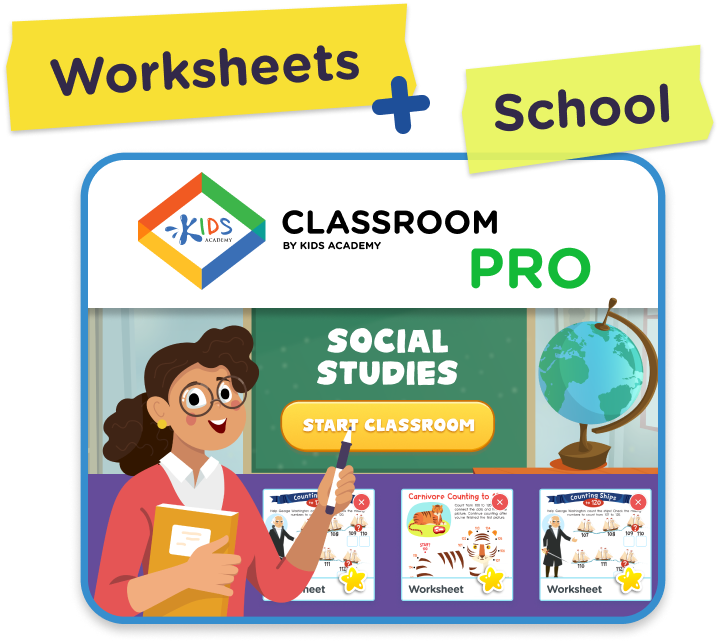Converting units Measurement Worksheets for Ages 5-8
4 filtered results
-
From - To
Unlock the wonders of measurement for your little learners with our engaging "Converting Units Measurement Worksheets" designed specifically for ages 5-8. These interactive worksheets simplify unit conversion by incorporating fun activities that help children grasp fundamental concepts such as length, weight, and volume. From inches to centimeters and grams to ounces, our resources ensure that young students gain confidence and proficiency in mathematics while enjoying the journey. Perfect for both classroom and home use, these printable worksheets offer educators and parents essential tools to build a strong math foundation in a delightful and educational way. Explore today at Kids Academy!


Measuring Quest: Inches and Centimeters Worksheet


Learning about measuring objects in inches, feet and yards Worksheet


Measuring Weight in Ounces, Pounds and Tons Worksheet


Measure It Twice: Feet and Yards Worksheet
Converting units of measurement is a fundamental skill that gives children aged 5-8 a strong foundation in math and critical thinking. At this young age, understanding how different units relate to each other boosts cognitive development and instills problem-solving abilities.
Firstly, children encounter measurements in everyday life, such as height, weight, and cooking ingredients. Learning to convert between units like inches to feet or milliliters to liters allows them to grasp practical concepts early. This makes tasks like following a recipe or measuring for a craft project doable and fun.
Secondly, introducing unit conversions nurtures logical thinking. It encourages kids to break problems into smaller steps and see relationships between numbers. When they realize that 100 centimeters equal 1 meter, they start to understand abstraction and how math applies beyond just pencil and paper exercises.
Lastly, strong measurement skills lead to academic success. Mastery in early math concepts, including unit conversions, prepares children for more complex math subjects they'll encounter later. It builds confidence and a positive attitude towards learning, reducing the anxiety often associated with math.
So, parents and teachers should care about teaching unit conversions early. It empowers kids with practical skills, solidifies mathematical understanding, and paves the way for future academic achievements.
 Assign to My Students
Assign to My Students
















